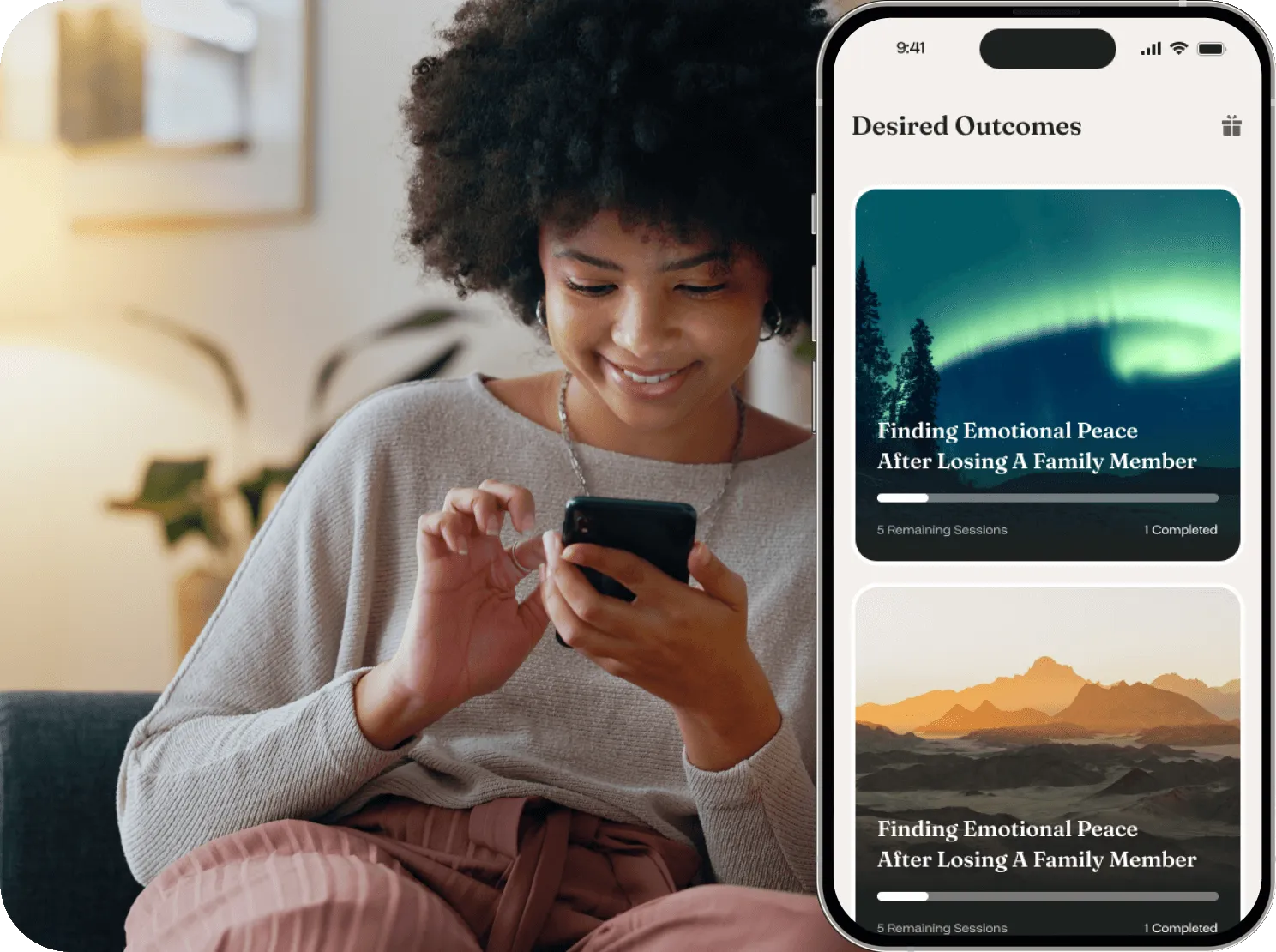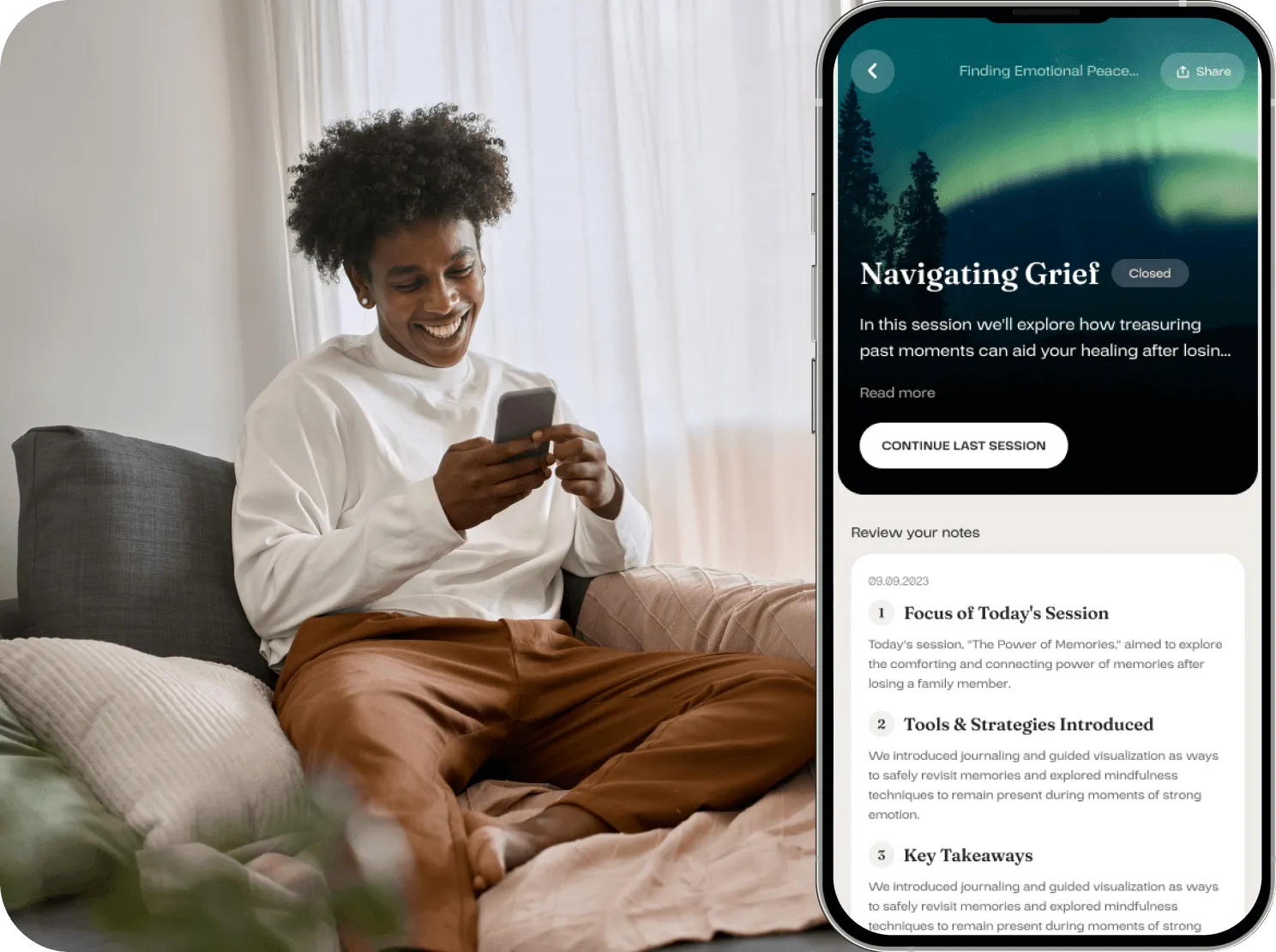Mental health disorders affect nearly 970 million people worldwide. Many receive help only after their condition has worsened. Traditional methods include clinical interviews and self-reporting, which take a lot of time, leading to more severe illness.
That’s where AI shines, offering a ray of hope by detecting early warning signals and allowing for earlier intervention. AI fills critical gaps in mental-health care by offering processing patterns where humane efforts fail to reach.
An Employee Assistance Program is common among organizations that prioritize employee well-being. However, AI can support the detection of mental health issues at an earlier stage, which can enhance the EAP program more effectively. That’s what this article speaks about.
AI’s Role in Revolutionizing Early Detection
AI is not just a tool working behind the scenes. It is redefining how we think about mental-health risk detection. The shift is from reactive care to proactive prevention.
How does AI Identify Early Signs?
Artificial Intelligence’s strength lies in its ability to analyse complex, multimodal data. These include speech patterns, text entries, social media language, and physiological signals such as heart rate variations or sleep disruptions.
According to a study, AI can distinguish between normal and pathological states using speech and behavioral data with an accuracy of 99.06%. Using techniques such as Natural Language Processing (NLP), behavioural analytics, and internal device data, AI can identify subtle changes beforehand. It prevents the issue from escalating into a primary clinical symptom, saving a lot of time and effort.
AI, thus, with its investigative capacity, complements employee wellness programs, boosting employee autonomy in the workplace.
What Kind of Disorders Can AI Detect?
AI systems can detect a broad range of mental-health conditions at early stages:
- Bipolar disorder
- Schizophrenia
- Depression
- Autism spectrum disorders
- Suicidality, and
- Dementia.
Corporate wellness teams can harness this intelligence of AI to detect mental health issues within employees at an early stage. It enables them to provide earlier support, which can reduce absenteeism and strengthen employee retention.
AI Models and Analytical Techniques
Understanding how AI models work is crucial for wellness and HR teams. It enables them to select the most suitable AI models for implementing the appropriate solutions.
Machine Learning Models
A few machine-learning models are XGBoost, LightGBM, Random Forests, SVM (Support Vector Machine), and KNN (K-Nearest Neighbours). They have been used to classify risk in mental health conditions.
A study reported 96% accuracy for anxiety and depression individually.
Despite the promising outcome, wellness and HR teams must be cautious, as datasets vary and lab results may not translate as is into workplace settings.
Deep Learning Models
These include CNN (Convolutional Neural Network), LSTM (Long Short-Term Memory), and GRU (Gated Recurrent Unit). These models are capable of handling sequential or complex data, such as speech, EEG, and imaging.
One study achieved 83% accuracy for schizophrenia using LSTM; another reported 99 % accuracy for dementia detection with GRU.
Using temporal data, images, and signals to diagnose mental health is on the rise. Today, organisations do not just rely on surveys or self-report formats.
Data Sources for AI
AI pulls data from EEG recordings, MRI scans, social media posts, and behavior logs from wearable devices or smartphone apps. NLP is used to extract emotional or behavioural signals from language or chat patterns.
It means corporate wellness teams can focus on wearables, digital journaling, or app-based check-ins to extract data to measure the mental health of their employees.
Benefits of AI in Early Mental Health Diagnosis
Mental health diagnosis through AI offers compelling benefits.
Enhanced Diagnostic Accuracy
AI can analyze large volumes of data, reducing incorrect diagnoses with utmost precision.
By analysing large volumes of data, AI can reduce misdiagnosis and increase precision. One study described the early-detection framework achieving an accuracy of 99.06%.
Timely and Personalized Interventions
AI allows for tailored, stage-specific interventions. Once early signals are detected, organisations can customize their care plans, much before employees succumb to stress or the symptoms worsen.
Now, AI-enabled systems can refer to individual behavioral patterns and provide general, personalized mental-wellness prompts. That’s why the trend for coaching-based support for mental health is on the rise.
Accessibility and Patient Engagement
AI tools aren’t bound by traditional therapy hours or geography, benefiting remote workers, shift workers, or distributed teams.
AI tools, such as chatbots, virtual check-ins, and smartphone-based self-monitoring, enable support outside of traditional therapy hours or geographical constraints. These tools are especially valuable for remote workers, shift workers, or distributed teams.
A qualitative study proves improved mood awareness through chatbot interaction.
Ethical Challenges and Considerations
Despite the promise of AI in early mental-health diagnosis, significant ethical, privacy, and practical issues must be considered.
Data Privacy and Security
AI relies on sensitive behavioural, linguistic, physiological, and medical data. Ensuring strong privacy frameworks, data encryption, consent, and transparency is critical. The American Psychological Association emphasizes that AI must augment, rather than replace, care, while protecting confidentiality.
Corporate wellness teams need to verify vendor compliance, data governance policies, and employee consent protocols before implementing AI tools.
Transparency and Bias
AI algorithms may not be transparent. It means they risk bias or unfair decision-making across demographics. Therefore, corporate wellness teams must ensure how AI models are trained and how they perform across groups.
Methodological Rigor
Many AI-in-mental-health models are experimental, small-scale, or published in research settings. A few are not yet validated in large real-world workplaces.
For HR and wellness teams, this means adopting AI tools with caution, piloting, measuring outcomes, and combining them with human-led programs.
Real-World Applications and Case Studies
Here are practical examples of how early-detection AI is being used today.
Chatbots for Emotional Support
A few chatbots offer mood-tracking, self-reflection prompts, CBT-style tools, and 24/7 check-ins. They may not substitute conventional therapy; however, they help to engage users earlier.
If organisations integrate such chatbots as part of their EAP and wellness offering, employees may feel supported before issues escalate.
Predictive Models for Risk Assessment
Early-detection models now predict the risk of depression, suicidality, or other disorders—AI analysis of speech, brain-imaging, or behavioural logs.
Corporate wellness teams can thus intervene much earlier before employee burnout, control absenteeism, and decrease turnover.
AI with Wearables
Wearable devices capture heart rate variability, sleep patterns, and physical activity, which are fed into AI. It enables AI algorithms to identify emotional disturbances or stress before a performance drop or a mental health crisis occurs.
Corporate wellness teams can leverage AI analytics and wearable devices to enhance employee morale in the workplace.
Future Directions and Recommendations
It is crucial to strategize a clear roadmap to unlock the full potential of AI in detecting mental-health issues at an earlier stage.
Standardization and Validation
It’s vital to have a standard global framework, continuous validation protocols, and transparent reporting of AI outcomes. Otherwise, the risk of ineffective or unsafe tools will always linger.
Collaborative Development
AI model developers must include domain experts, such as psychologists, behavioral scientists, ethicists, HR professionals, and engineers, to build AI tools. It will ensure clinical relevance, ethical integrity, and scalability.
Equitable Access
AI shouldn’t be just limited to well-resourced organisations or populations. It should also reach out to remote or marginalised groups to reduce mental-health inequality.
Yuna’s Role in Early Mental Health Support
AI is helping identify signs of mental strain much earlier than traditional methods. When organisations act early, employees feel supported before stress becomes severe. But early detection needs gentle, ongoing support, not just alerts or reports.
Yuna provides conversational check-ins that help people understand their emotional state in small, manageable moments. It encourages reflection, grounding, and simple daily practices. It does not replace therapists or EAP support. It works alongside them to offer care between human sessions.
For teams, Yuna can quietly surface early patterns at a group level. This helps HR and wellness leads respond with care rather than crisis management. Employees receive support without feeling judged or monitored.
Yuna keeps the focus on compassion, safety, and real human well-being. It is a simple step that makes early care easier to access, every day.






